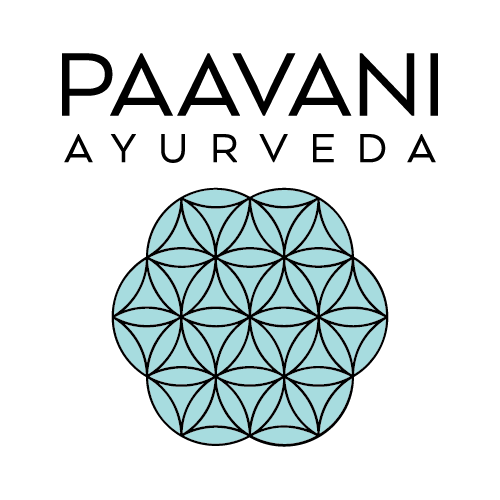
A Midsummer's Day Tradition: Harvesting St. John's Wort

As Christianity began to take hold in Europe, the church aimed to transform pagan holidays to have a more Christian feel to them. Consequently, Midsummer’s Day became a celebration of St. John the Baptist and is now known as St. John’s Day in the Christian religion. Despite this alternate name, pagan traditions have continued to live on and Midsummer’s Day is still celebrated today, especially in Northern Europe, with bonfires, singing, dancing, and the annual harvest of medicinal plants and flowers.
Right around the summer solstice and Midsummer’s Day, if you live in a temperate climate, you may notice cheerful, yellow, star-like flowers along the roadsides and edges of the forest. These little flowers are most likely St. John’s Wort, also known as Solstice Wort or Hypericum perforatum. St. John’s Wort was named after Saint John because this particular saint symbolizes light. It also touts the name Solstice Wort since it blooms right around the summer solstice. To be exact, St. John’s Wort comes to full bloom on Midsummer’s Day and in herbalism and folklore, June 24th is the best day to harvest this long-revered, mystical, healing plant.

St. John’s Wort has become synonymous with relieving a dismal mood and even easing mild to moderate depression. In herbalism, the flowers and leaves of this plant are considered to be anti-spasmodic, meaning that they can help to relieve muscle cramps, tremors and convulsions. They are also an expectorant and astringent, meaning that they can help to discharge excess phlegm and mucus from the body. When used topically, St. John’s Wort relieves tired, sore muscles and can heal skin from oxidative stress. Finally, St. John’s Wort has both antibacterial and antiviral actions.
From an Ayurvedic perspective, St. John’s Wort balances pitta and kapha doshas while increasing vata dosha. It has a cooling effect on pitta dosha which helps to reduce inflammation in the skin and body as well as soothe heated emotions in the mind. St. John’s Wort is best for kapha-type depression, meaning that if you are feeling stagnant, dull, lethargic, heavy and unmotivated, St. John’s Wort could help counterbalance these symptoms. Lastly, this plant can help to expel excess kapha in the form of phlegm and mucus up and out of the respiratory tract.

To celebrate Midsummer’s Day or St. John’s Day this year, we invite you to get outside and discover if St. John’s Wort is blooming in your local area! If you are interested in connecting with pagan tradition and/or utilizing the uplifting, spirit energy of the St. John’s Wort flower, then mark your calendar for June 24th, with plans to harvest your local findings. There are numerous medicinal remedies that you can create with the healing vibration of St. John’s Wort. For instance, an herbal, cooling, pitta-reducing, summer body oil!






Leave a comment
This site is protected by hCaptcha and the hCaptcha Privacy Policy and Terms of Service apply.